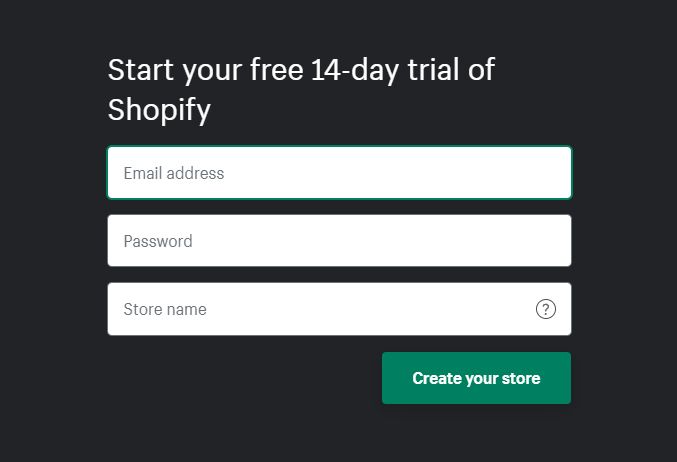In your Wordpress.com blog's sidebar, there are different types of navigation widgets that help you show more site structure to your visitors. The Pages widget is one of those. It is a very effective tool that helps your store visitors navigate more easily on your website by allowing you to display the pages in your Wordpress site on your blog's sidebar. After getting installed, the widget automatically creates a list with links directing to all the published pages on your site. The list is organized effectively with child pages being displayed beneath parent pages in hidden/colapsed containers that could be expanded by clicking the small followed arrow.
If you are looking for a way to increase users' experience surfing your website effortlessly, it's time you tried out the Pages widget.
For example, an activated Pages widget would look something like this:

In this instructional writing below, you would be guided through a quick and easy-to-follow instruction on How to display the Pages widget on WordPress. Hope these little effort would help you generate big result.
Display the Pages widget
Step 1: Visit Customizer > Widgets. Then add the Pages widget to your sidebar.
First, visit Customizer, then go to Widgets. Then add the Pages widget to your sidebar.
Step 2: Customize the widget settings
Once you click Add, the widget settings will look something like this:

There are several widget settings you are required to customize. Here is a clearer explanation on what you are required to fill in those blank fields:
-
Title: Fill in the title for your widget
This is the text that is displayed right above the list of pages on your sidebar.
-
Sort by: The list of pages on display could be organized and sorted by Page titles, Page ID, or Page order:
Sorting by Page title
Sorting by Page title would display your pages in alphabetical order.
Sorting by Page order
With Page order, you take full control over the ordering, which means you will have to set the page order option for every single page.
Sorting by Page IDs
With the Page IDs option, your pages will be displayed in the order they were originally created.
Exclude:
To exclude some certain pages from being displayed, you could enter the IDs of those pages (separated by commas) in the Exclude field. The Page ID could be looked up by going to Pages in My Site, then clicking the title of the page. The page ID will be displayed at the end of your browser's address bar in the form of a numeric ID. For example:

Conclusions
Above is a detailed, step-by-step instruction on How to display the Pages widget on Wordpress. Hope these little effort would bring you great result.


